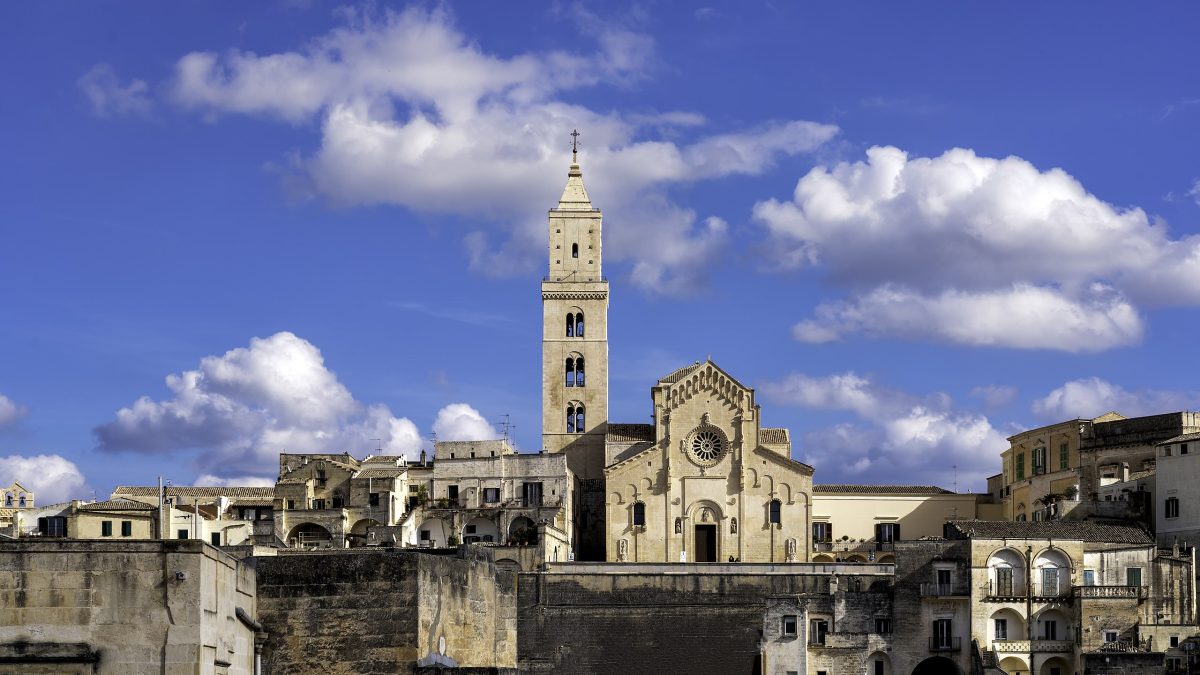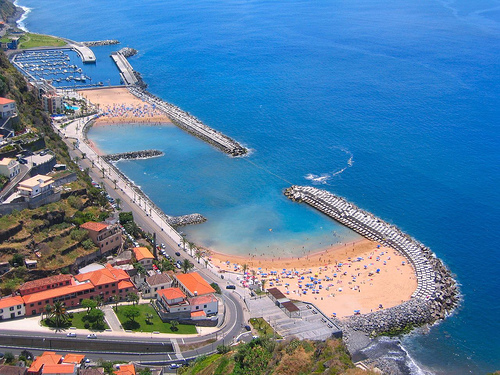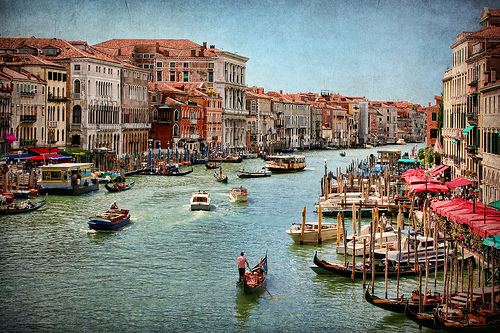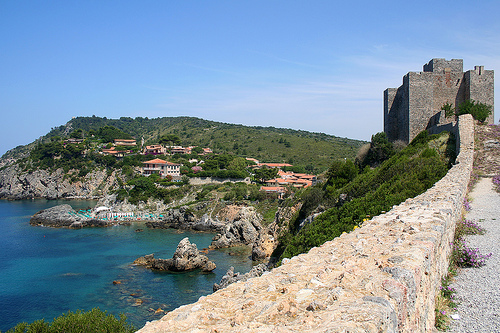The Cathedral of Matera, also known as the Cathedral of Santa Maria della Bruna, is an iconic landmark of Matera, a city located in the southern Italian region of Basilicata. The cathedral stands on the highest point of the city, overlooking the Sasso Barisano, one of the two ancient districts of Matera carved out of the rocky hillsides. The cathedral is a masterpiece of Apulian Romanesque architecture and is dedicated to the patron saint of the city, the Madonna della Bruna.
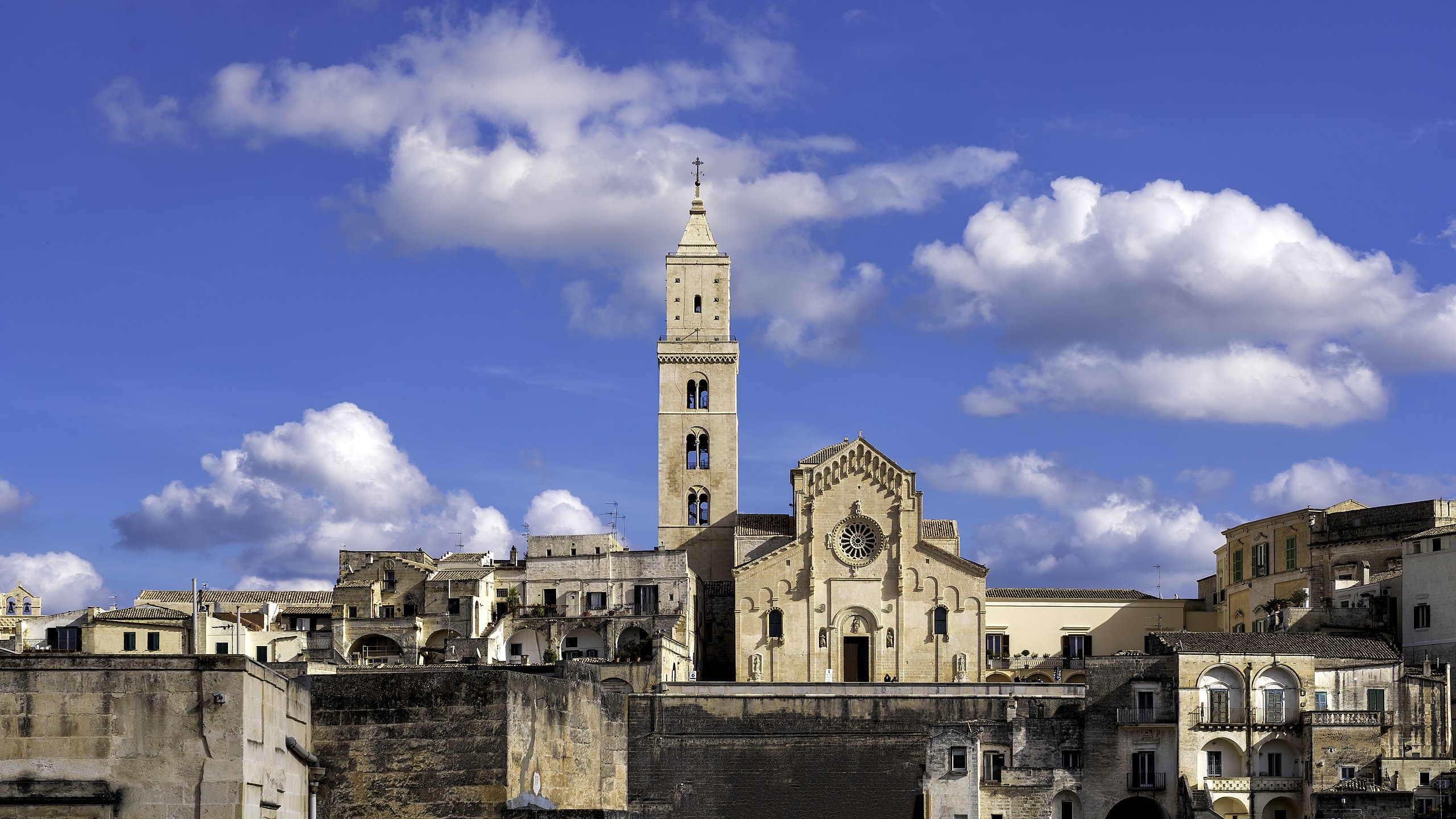
The construction of the Cathedral of Matera began in the 13th century, and it was completed in the 17th century. The cathedral underwent many changes and renovations throughout the centuries, resulting in a beautiful blend of different architectural styles. The exterior of the cathedral features a mix of Gothic and Romanesque elements, including a rose window, lancet windows, and a magnificent bell tower.
The interior of the cathedral is equally impressive, featuring stunning frescoes and artworks. Visitors can admire the beautiful marble altar and the magnificent wooden choir, which dates back to the 16th century. The cathedral also houses the crypt of the Madonna della Bruna, which contains a wooden statue of the patron saint of the city.
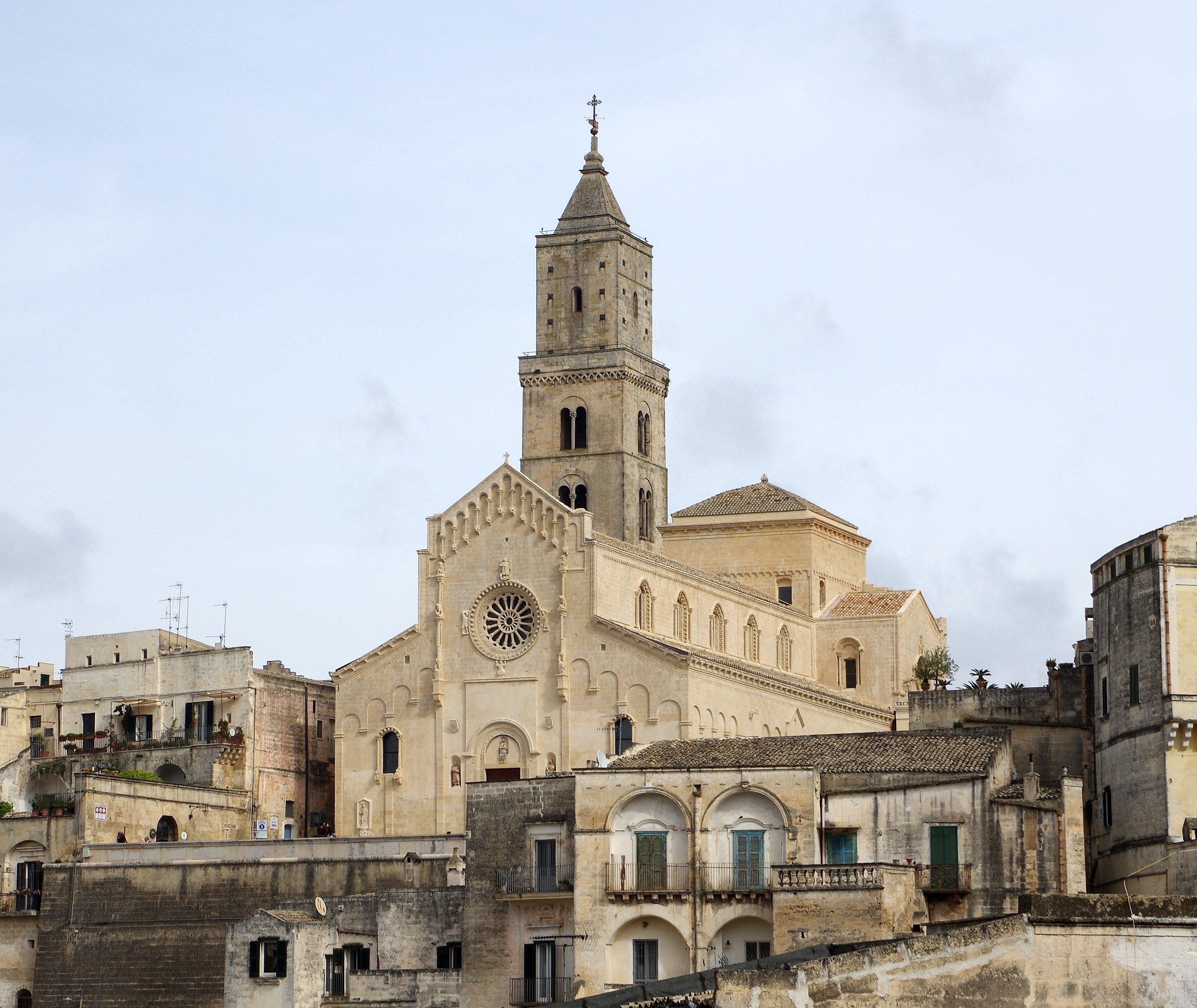
The Cathedral of Matera is not only a religious site but also a cultural and historical landmark that attracts tourists from all over the world. It was recognized as a UNESCO World Heritage Site in 1993 and is one of the most visited attractions in Matera.
The Matera Cathedral is a true masterpiece of architecture, and its ornate adornments are a testament to the skilled craftsmen of the time. One of the most striking features of the cathedral is the middle archivolt, which is carved with a series of oval panels. These panels contain intricately detailed figures of birds, animals, and children in full relief, each one rendered with remarkable precision and a true sense of spirit.
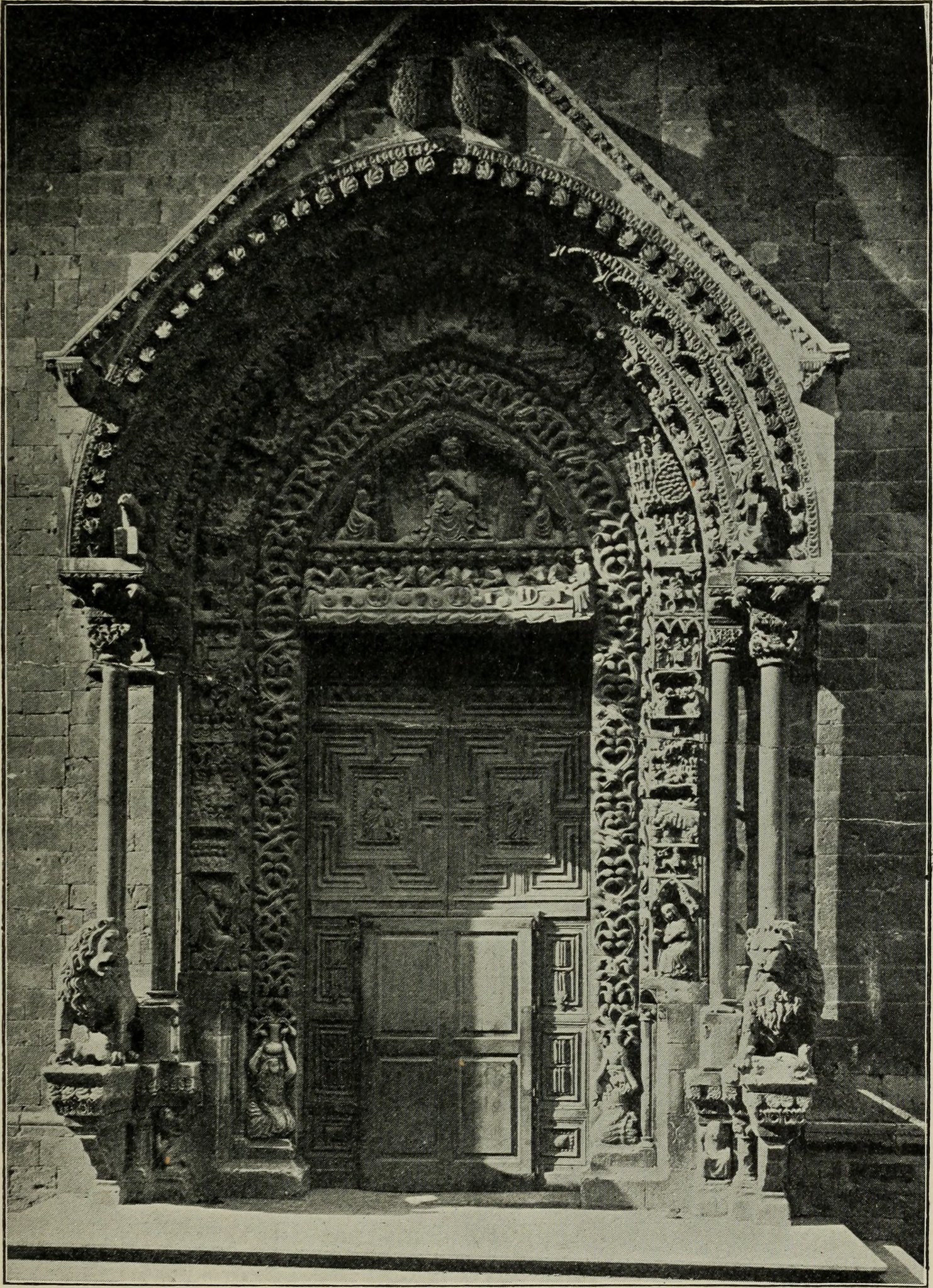
The doorway of the cathedral is also a wonder to behold. It is attributed to Anselrao di Trani, and is composed of two orders of pointed arches, each covered in Byzantine reliefs of the same design. The treatment of the flanking shafts is particularly interesting, with the inner capitals spreading boldly with luxuriant leafage to a square abacus, and the outer columns featuring block capitals with thin, intricate foliage deeply undercut. All of these elements come together to create a doorway that is at once complex and harmonious, a true work of art.
Even the central doorway of the cathedral, though simpler in decoration than the others, features two bands of strikingly contrasted decoration. The outer band is a strong, close basket work, while the inner band features a meandering stem with a vigorous leaf twisted into each circle. These elements showcase the Byzantine influence on the cathedral’s design, and the skill and attention to detail of the craftsmen who brought it to life.
Overall, the Matera Cathedral is a true marvel of architecture and a testament to the ingenuity and skill of the craftsmen of the time. Its intricate adornments, from the middle archivolt to the elaborate doorway, are a wonder to behold and a true testament to the enduring power of human creativity.
If you’re planning a trip to Matera, the Cathedral of Matera is definitely worth a visit. It is a beautiful example of Apulian Romanesque architecture and a testament to the rich history and culture of the city.

